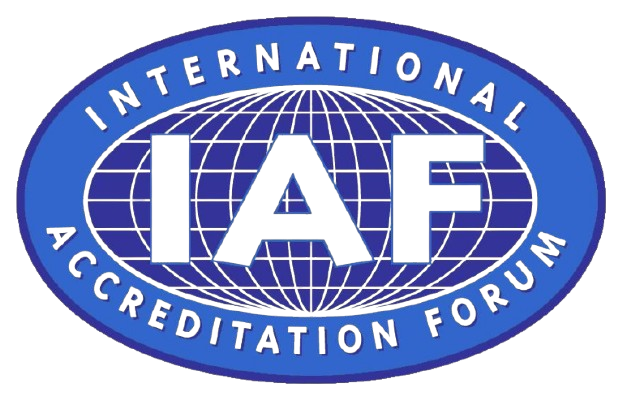

In today’s world, energy management has become a critical aspect for organizations aiming to reduce costs, improve efficiency, and minimize environmental impact. ISO 50001, the international standard for energy management systems (EnMS), provides a structured framework for organizations to achieve these goals. This article delves into the key components of ISO 50001, its benefits, and the implementation process, offering a comprehensive guide for organizations looking to enhance their energy management practices.
“Given below is the more detail about the ISO 50001 – an EnMS standard and you might be interested learning more about it. Rest of the part you can avail the certification from ICS to get your organizational dream come true by contact us by clicking below button.”
ISO 50001 is an international standard developed by the International Organization for Standardization (ISO). It provides organizations with a systematic approach to managing energy performance, including energy efficiency, use, and consumption. The standard is based on the Plan-Do-Check-Act (PDCA) cycle, which ensures continuous improvement in energy management. By adopting ISO 50001, organizations can establish, implement, maintain, and improve their EnMS, leading to significant energy savings and environmental benefits.
ISO 50001 consists of several key components that organizations need to address for successful implementation. These components include:
Implementing ISO 50001 offers numerous benefits for organizations. These benefits include:
Implementing ISO 50001 involves a structured process that organizations must follow to achieve certification. The implementation process includes the following steps:
Organizations must conduct a gap analysis to assess their current energy management practices against the requirements of ISO 50001 Certification. This analysis helps identify areas for improvement and develop an action plan for implementation.
An energy review involves collecting and analyzing data on energy use and consumption. Organizations must identify significant energy uses (SEUs) and establish energy baselines and EnPIs.
Organizations must develop an energy policy that outlines their commitment to energy management. This policy should include specific energy objectives and targets that align with the organization’s goals.
Based on the energy review and objectives, organizations must develop an action plan that outlines the measures to improve energy performance. This plan should include timelines, responsibilities, and resources required for implementation.
Organizations must implement the action plan and ensure that the EnMS is integrated into their daily operations. This involves training employees, allocating resources, and establishing processes for monitoring and measuring energy performance.
To achieve ISO 50001 certification, organizations must undergo a certification audit conducted by an accredited certification body. This audit verifies that the EnMS meets the requirements of ISO 50001 and that the organization is committed to continual improvement in energy management.
ISO 50001 Certification provides organizations with a comprehensive framework for managing energy performance and achieving significant energy savings. By adopting the standard, organizations can improve their energy efficiency, reduce costs, and minimize their environmental impact. The implementation process involves several key steps, including conducting a gap analysis, developing an energy policy, and implementing an action plan. With its emphasis on continual improvement, ISO 50001 ensures that organizations remain committed to sustainable energy management practices.
ISO 50001 plays a crucial role in helping organizations achieve their energy management goals. By implementing the standard, organizations can reap the benefits of cost savings, environmental sustainability, regulatory compliance, and enhanced reputation. As energy management continues to gain importance, ISO 50001 serves as a valuable tool for organizations to navigate the complexities of energy performance and contribute to a more sustainable future.

For Quick Contact Leave Your Message We will Contact You Shortly Or Call Us At Given Numbers or Email Addresses. We Love to Deliver Our Efficient Services.
Copyright All Rights Reserved © 2025